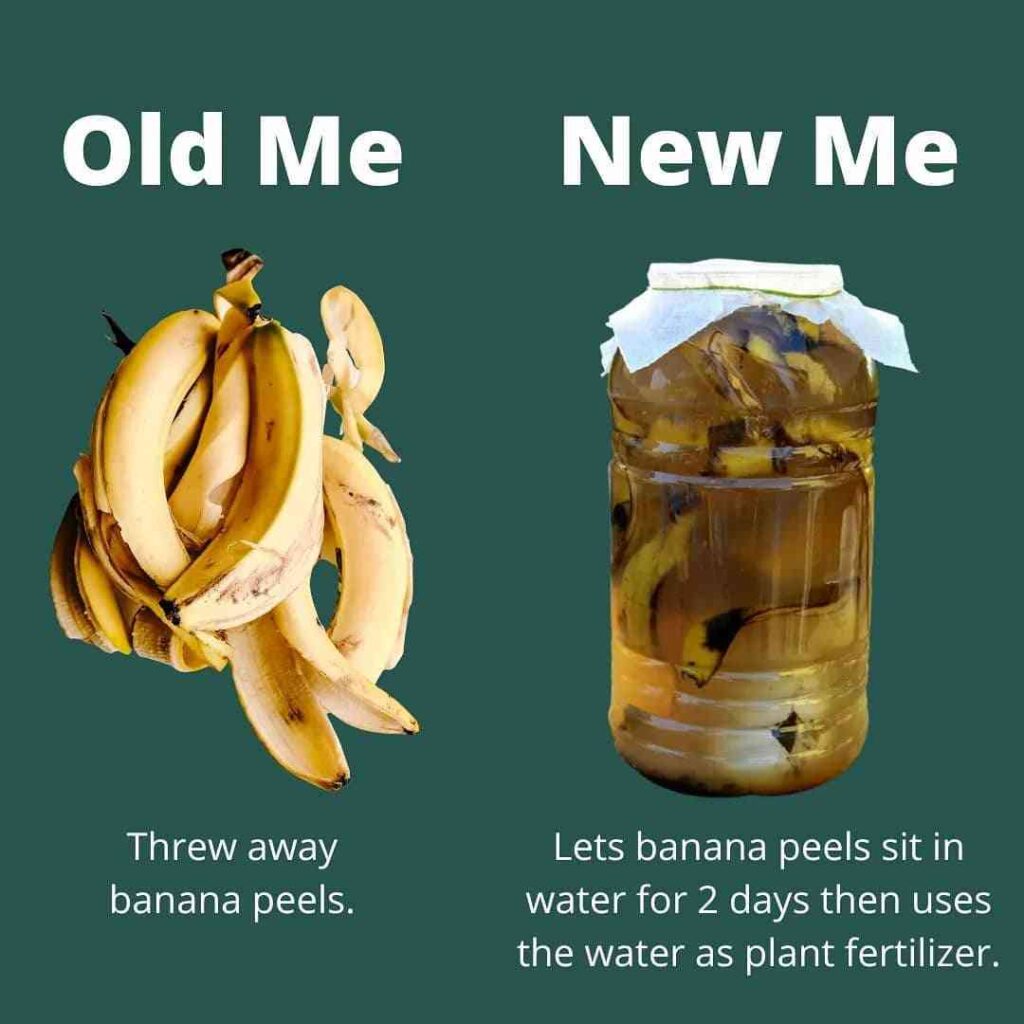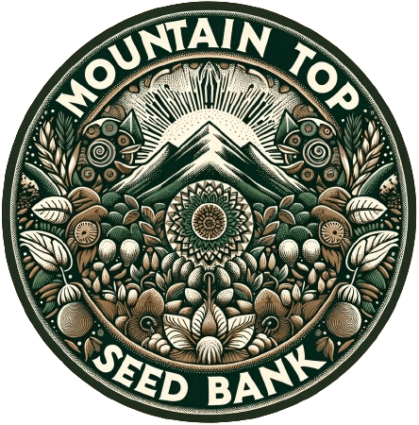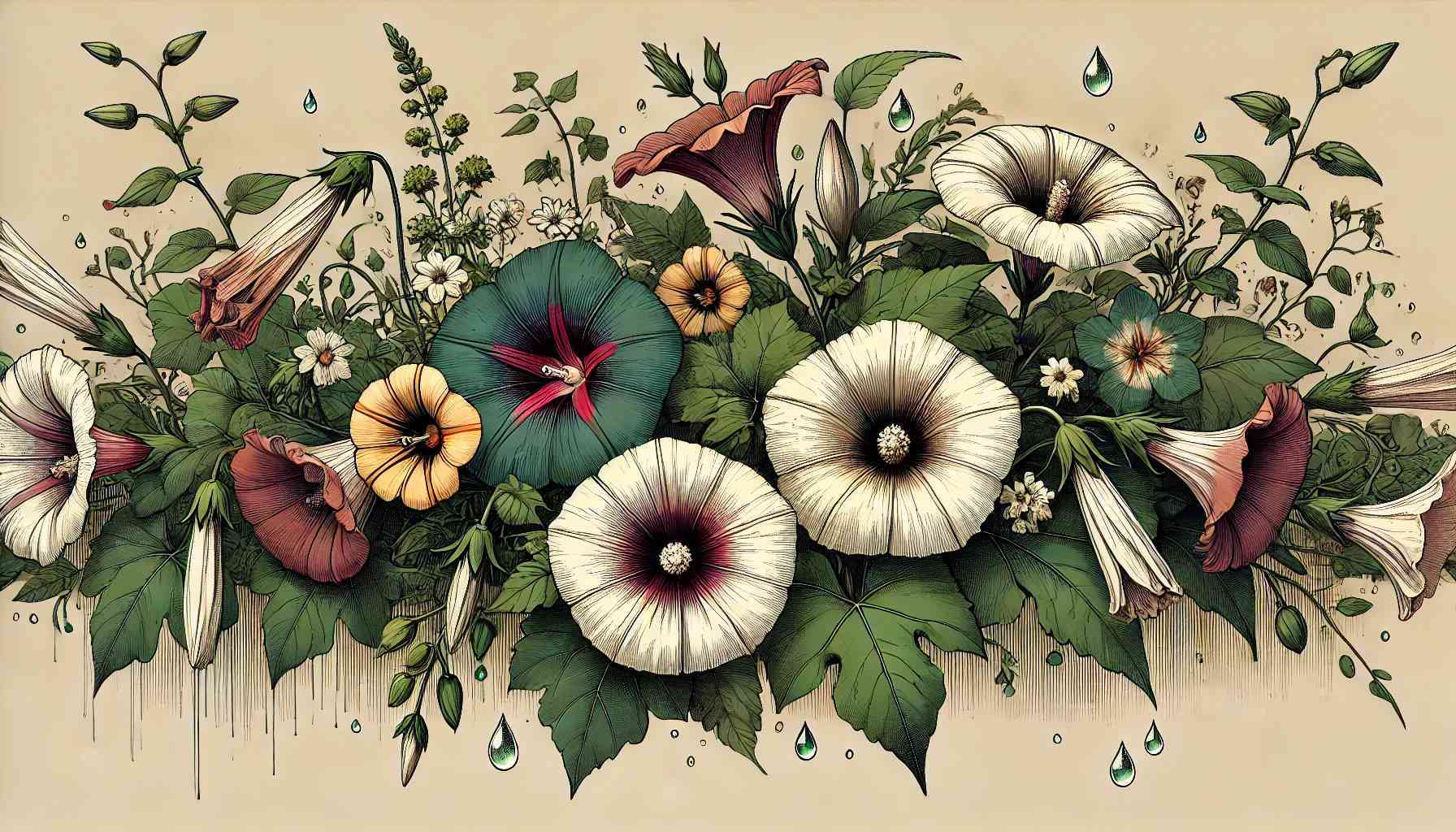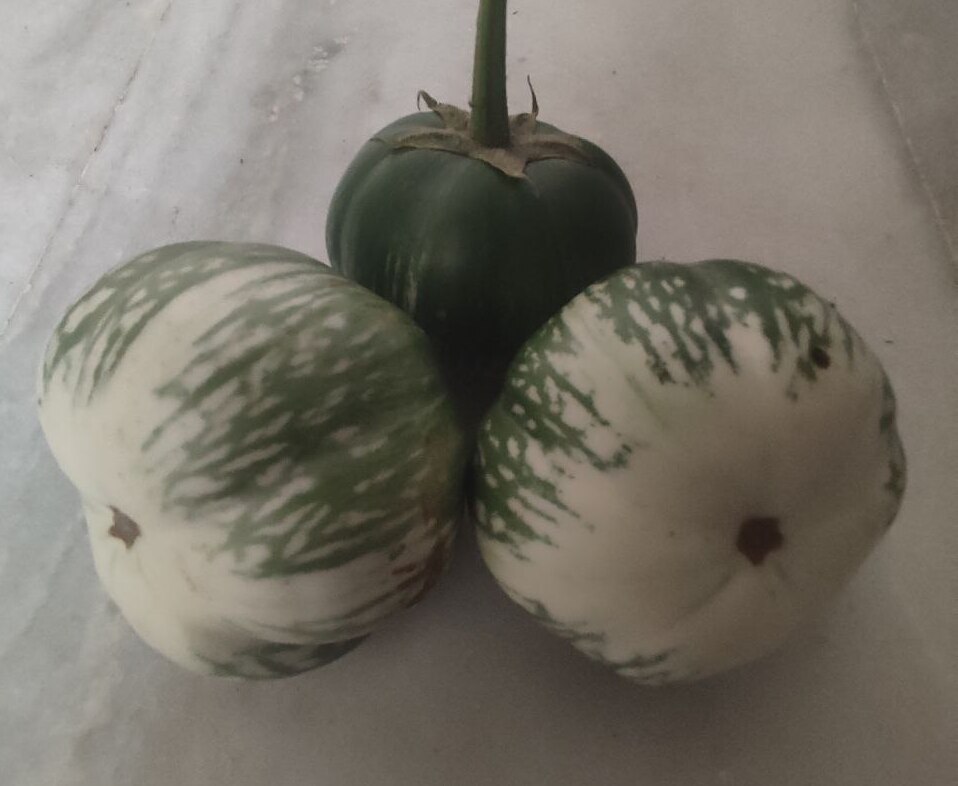
The use of homemade organic fertilizers in gardening is an affordable and eco-friendly alternative to store-bought options.
Making your own organic plant food is an easy and fun way to give your plants the nutrients they need to thrive while also reducing waste and protecting the environment.
This article explores seven different types of homemade organic fertilizers that can be easily made using natural and easily available materials.
1. Banana Peel Fertilizer
Well, bananas are not just a yummy and healthy treat for humans, but they also do wonders for lots of different plants out there. Banana peels are loaded with potassium, which is super important for plants to grow nice and strong.
Banana Peel Infusion
One popular method is to make a banana peel infusion. To do this, all you need to do is grab some fresh peels, chop ’em up real fine, and toss ’em in a glass jar.

Fill the jar up with freshly boiled water, and let it steep for a full day. Then, strain out the peels, mix the liquid with some more water (about 3 parts water to 1 part infusion), and use it to feed your plants every couple of weeks.
Banana Peel Powder
Another option is to make banana peel powder fertilizer. It’s super easy!
Just chop up some peels and bury ’em in the soil around your plants. Over time, the peels will decompose and release all their nutrients into the soil. Your plants will love it!
2. Mustard Cake Liquid Fertilizer
The mustard cake is a byproduct of mustard oil production that’s loaded with nitrogen, phosphorus, and potassium to help your plants grow healthy and strong.

How To Prepare and Use Mustard Cake Liquid Fertilizer
To make the mustard cake liquid fertilizer, you need to break the cake into small pieces, add it to a container with enough water to cover it and let it steep for a few days while stirring it occasionally.
Afterwards, strain the liquid fertilizer through a mesh strainer or cheesecloth to remove any solids. Now it’s ready to use! You can use it to water your plants or as a foliar spray.
Just remember to use it in moderation as overuse can lead to issues like leaf curling or yellowing.
For more traditional and ancient methods of organic fertilization, read our article on Panchagavya, an ancient fertilizer used in Indian agriculture.
3. Compost Tea
Compost tea is made by steeping finished compost in water. It contains beneficial microorganisms and nutrients that your plants will love!
How To Make Compost Tea
To prepare compost tea, simply fill a burlap or nylon bag with finished compost, submerge it in a bucket of water, and let it steep for a few days while stirring it occasionally.
Then, remove the bag and use the tea to water your plants.
4. Eggshell Fertilizer
The plant consumes a significant amount of calcium from the soil, and calcium must be replenished.
Eggshells are a great source of calcium, which is important for strong cell walls and healthy root development.

To make eggshell fertilizer, simply crush a few eggshells and sprinkle them around the base of your plants. So this is a fantastic way to recycle your eggshells.
5. Neem Cake Fertilizer
Neem cake, a byproduct of neem oil production, is a fertilizer that’s high in nitrogen, phosphorus, potassium, zinc, and copper.
Additionally, it functions as an insect repellent and can boost the growth of helpful microorganisms in the soil.

To create a neem cake fertilizer, you can either blend the powder with soil or add it to your compost pile.
Alternatively, mix the neem cake powder with water and let it steep for a few days to produce a liquid fertilizer that can be used as a foliar spray or a soil drench.
6. Aquarium Water and Fish Emulsion
The water from a fish tank is rich in beneficial microorganisms and nutrients that are advantageous for healthy plant growth.
To use fish tank water as fertilizer, Just fetch the water from your fish tank and water your plants with it to boost their health.

Fish emulsion is a liquid fertilizer made from fish waste. Its abundant content of nitrogen, phosphorus, and potassium gives your plants a boost.
To prepare a fish emulsion, simply mix one part fish waste with four parts water, and let it steep for a few days.
7. Wood Ash
Ashes from wood can be scattered onto the soil to provide a double whammy of potassium and calcium carbonate. The most effective way to use it is by adding it in small quantities to a compost pile.
Fertilize your plants twice a month with this mixture to provide them with the phosphorus and potassium they need to thrive, particularly when forming buds and blooming.
Conclusion
Making your own fertilizer is a great way to help the planet by reducing, reusing, and recycling. It’s also an affordable and simple way to give your plants the nutrients they need to thrive.
Homemade organic fertilizers are better for your plants and the environment, and they’re safer for people who eat the produce.
So, why not give it a try and see the difference it makes in your garden? You’ll save money and feel good about supporting sustainable gardening practices.
If we missed any of your favourite homemade organic fertilizers, please let us know in the comments below!




